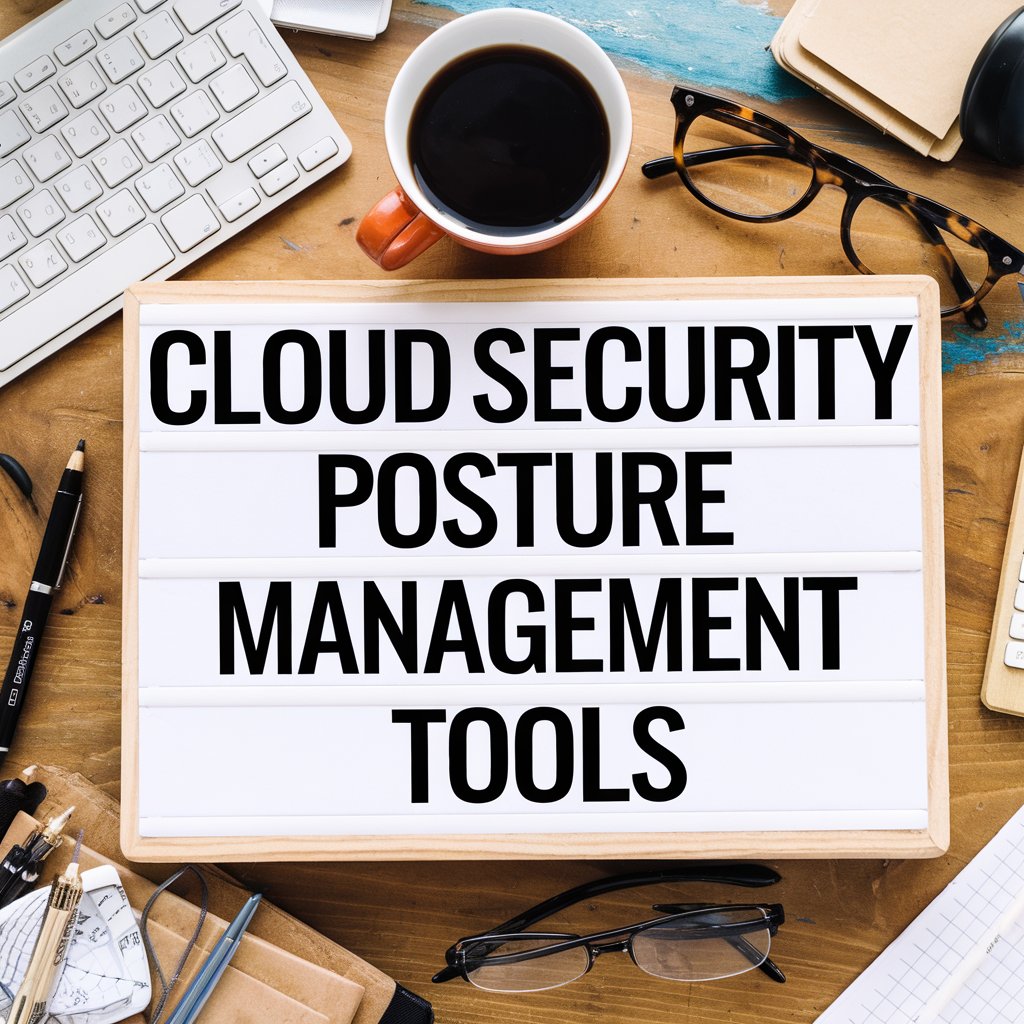Businesses these days are increasingly relying on cloud computing to streamline their operations and offer scalable services. However, while the cloud offers numerous benefits, it also introduces a range of security challenges. Managing these challenges effectively requires comprehensive tools that ensure the safety and compliance of cloud environments. This is where Cloud Security Posture Management (CSPM) plays a critical role for enterprises.
Cloud security posture management tools are designed to continuously monitor, assess, and automate security controls across cloud environments. They provide enterprises with visibility into their assets, configurations, and risks. This ensures that security misconfigurations, which are among the leading causes of breaches, are minimized.
Why Do Enterprises Need CSPM?
Cloud infrastructures are dynamic and complex, which makes securing them a daunting task. As businesses scale their operations, they may leverage multiple providers and hundreds of resources. And these need to be carefully managed. Here’s where CSPM tools shine. These tools are essential for:
- Continuous Monitoring and Threat Detection: CSPM tools enable businesses to continuously discover and track their cloud assets and resources. By automatically scanning these resources, they help identify misconfigurations or potential vulnerabilities before they can be exploited.
- Compliance Assurance: Enterprises must adhere to various industry standards and regulations. CSPM tools map security policies to industry-specific requirements, such as GDPR, HIPAA, or SOC 2. It ensures your environment is compliant and audit-ready.
- Cost Management: Cloud services often charge based on usage, and mismanaged resources can quickly inflate costs. CSPM tools offer insights into which resources are underutilized or unnecessarily exposed, allowing for optimization and cost control.
- Risk Visibility: One of the most significant advantages of CSPM tools is their ability to provide comprehensive risk visibility. They show the relationships between resources, identifying which security groups are public or unprotected and how they relate to critical assets.
Key Features of CSPM Tools
If you’re considering adopting a CSPM tool for your enterprise, understanding its key features can help make the decision clearer:
- Automated Asset Discovery: CSPM tools automatically discover assets like databases, security groups, and virtual machines, mapping them to their corresponding risks.
- Rich Metadata Collection: Collecting detailed metadata for every resource allows for a deeper understanding of potential threats. These show associations across different resources to highlight possible misconfigurations.
- Policy Enforcement: CSPM tools enforce predefined security policies across your cloud infrastructure. It minimizes human errors and automates remedial actions where possible.
- Security Misconfiguration Detection: These help detect and mitigate misconfigurations such as public-facing databases or open ports, which could be a backdoor for hackers.
- Trending and Reporting: Businesses can chart trending changes in their environments. This allows them to react to evolving risks and adjust their security posture accordingly. These can also generate detailed reports for audits and compliance checks.
Benefits of Implementing a CSPM Solution
Here are some of the key benefits:
- Enhanced Security Posture: CSPM tools ensure all resources comply with security best practices, reducing the likelihood of breaches.
- Improved Compliance and Governance: With built-in checks against regulatory frameworks, they help organizations avoid hefty fines associated with non-compliance.
- Operational Efficiency: By automating risk assessments and remedial actions, these tools significantly reduce the burden on security teams, enabling them to focus on strategic initiatives.
- Cost Optimization: Identifying and managing underutilized or misconfigured resources can help enterprises lower their operational costs, which is critical in multi-cloud environments.
Cloud Security Posture Management tools are indispensable for enterprises looking to secure their multi-cloud environments. As cyber threats grow more sophisticated, it’s essential to have tools in place that not only detect vulnerabilities but also continuously monitor and optimize your cloud security posture. By leveraging CSPM, enterprises can ensure compliance, reduce security risks, and manage costs more effectively. Adopting such tools can vastly enhance your organization’s ability to secure its resources while ensuring operational efficiency and regulatory compliance.






